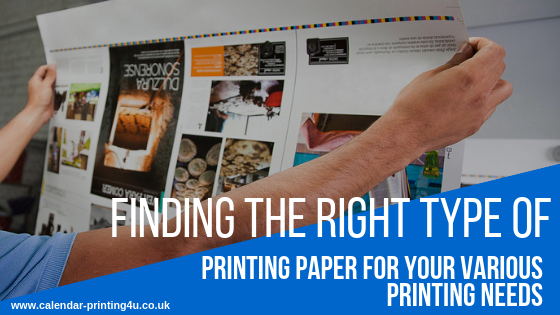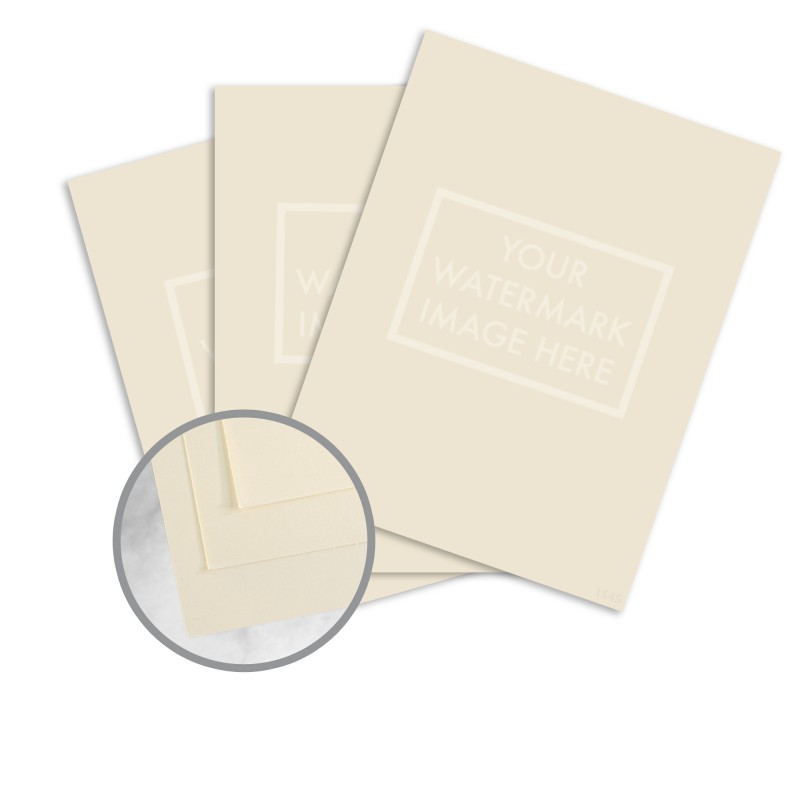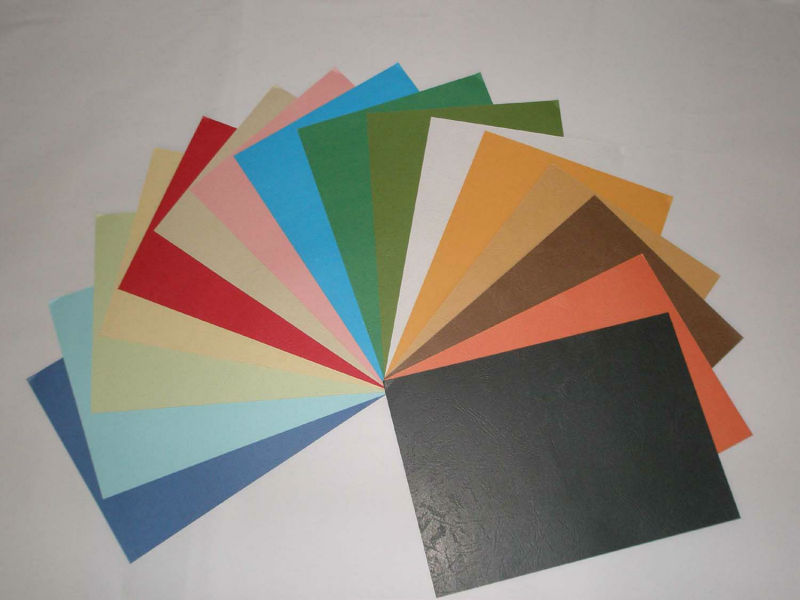
If you want superior quality digital and highly defined prints that are vivid in color and sharp in preciseness, finding the right type of printing paper is immensely essential.
After all, even the best and most proficient printers cannot compensate for substandard printing if the paper does not work in tandem with the printing process.
Here is why you need the right type of printing paper for your various printing requirements and the kinds of that are available.
When you pick the right kind of printing paper for your printing requirements, you achieve high level digital printing which plays a vital role in the final print.
This in turn helps to bring out the textual and visual contents of the printed document in all its fascinating glory.
The type of printing paper you choose varies according to finish, processing type and weight. This, in turn, establishes its:
It ultimately determines the design of your publishing or graphic project.
When it comes to the type of printing paper you need to utilize, there are various options available. This includes the following.
This is usually an uncoated paper and is the easiest to recognize since it comes with a design stamped on its surface. It exudes a classy and graceful look. You can find these papers in the form of hammered papers, embossed papers and laid papers.

Recycled paper plays a part in helping the environment since it is made by using 60% and 100% recycled paper pulp. To make certain that recycled paper is truly eco-friendly in nature, you need to bleach white recycled paper without making use of any kind of polluted chemicals and it must contain virgin cellulose fibers from FSC certified forests.
This type of printing paper comes with a smooth and glossy surface. It is generally created with the help of chemical additives. It can possess either a gloss or matt finish and is used for products that need superior color rendering. It is typically used for producing brochures, posters, magazines and business cards.
Special paper usually refers to papers and paperboards that that have gone through detailed and definite processes. This includes laminating, coating and other procedures that help you obtain highly innovative and tactile effects.

The kind of paper weight you choose will ultimately determine the final effect of the project.
Related Blog: What is GSM & Why it is important in Paper Sheets?
When you are opting from the various paper weights and types available, you need to particularly pay attention to the following.
This is everything you need to know about the various kinds of printing paper available. Now that you are aware of the various aspects and elements that go into coming up with the perfect digital printed document, here’s hoping you use this to your advantage in all your present and future printing requirements.